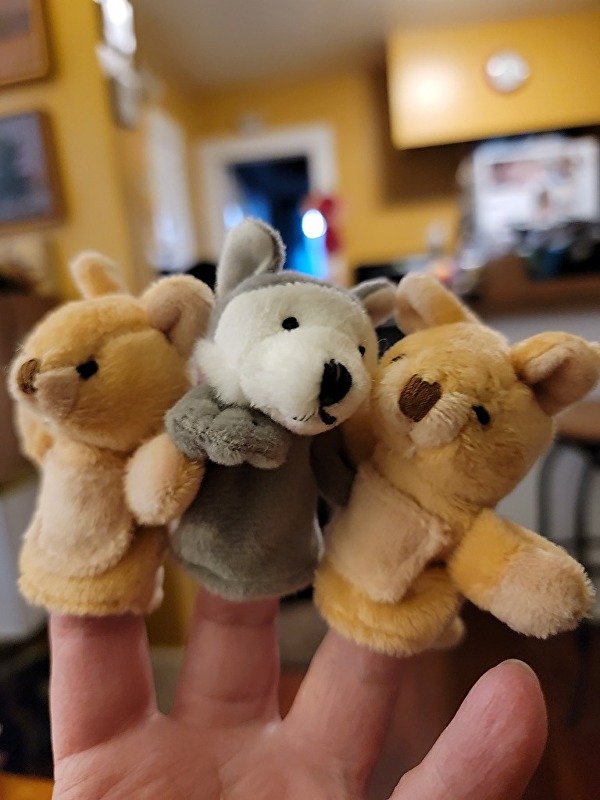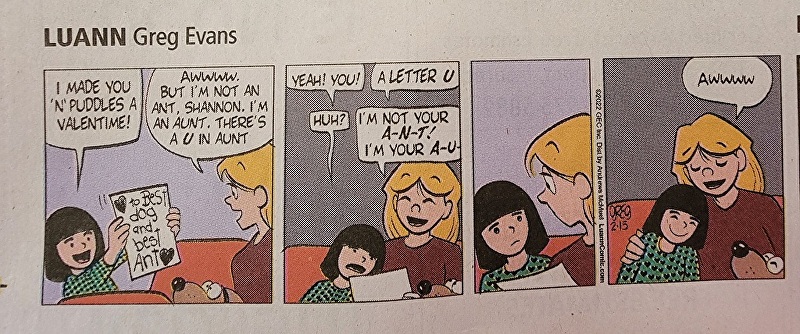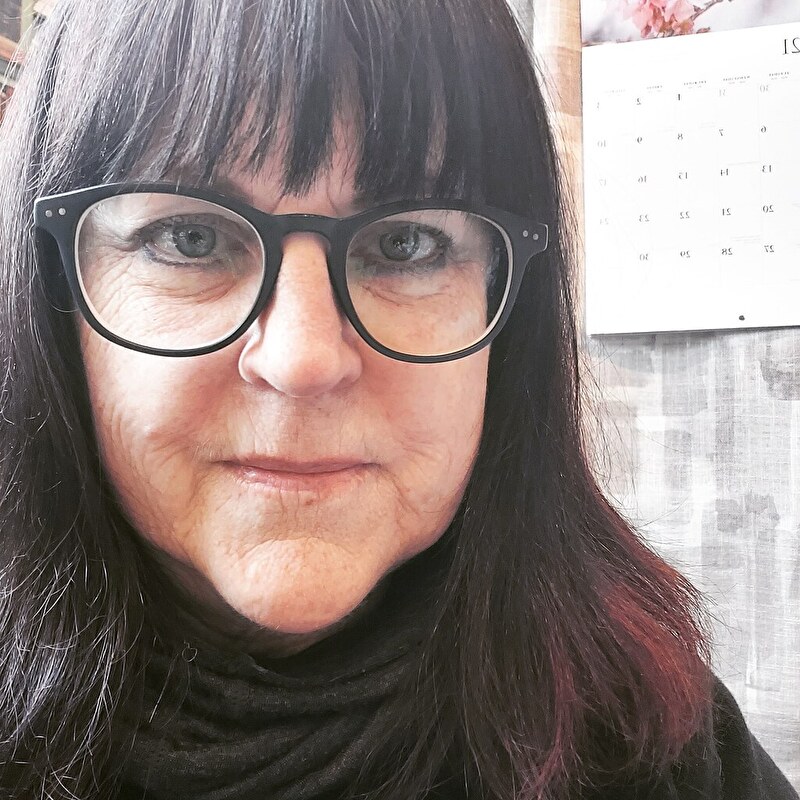
I often go back and reread books, sometimes many times. I always find something new, or something I completely overlooked the first time through.
One of my biggest overlooks was when I reread Sterling North’s beloved young adult novel, RASCAL, originally published in 1963. Although I’d read it several times, it was only as I was reading it aloud, word by word, in my kids’ classes as a guest reader, that I found the saddest part. North mentions that he contracted polio later that year.
That last summer with Rascal was also his last year of perfect freedom.
Now I will always see that story through different eyes.
Lately, I’ve been rereading The Chronicles of Narnia series by C.S. Lewis, published in 1955. Again, I reread them several times since I discovered the books in high school. I’ve just finished the second book (in Narnia time), The Magician’s Nephew. And I found two more jaw-droppers.
This book shares the story of Narnia’s creation, and introduces Aslan, the god-like lion who’s at the heart of this series. I read page after page of the creation of stars, sky, mountains and valleys, rivers and lakes, and the emergence of animals. Aslan then selects two members of each species, male and female, and gives them the power of speech and (human) intelligence.
And then he selects several of them from several species to create his council.
All males. Only males.
I missed that in every single reading. Wow. Just….wow. (A victim of his times, perhaps. I hope.)
Fortunately, that’s not my little ray of hope today. Except the hope that if Lewis were alive today, he might choose to do (a little) better regarding a woman’s ability to be part of a wise council.
No, instead, there was this bit:
Digory, who hopes to find a cure for his dying mother, is sent to find an apple in a very special garden, and bring it back to Aslan. He’s accompanied by his friend Polly, and they will ride a horse, a fellow visitor from our world, who has been transformed into a winged horse by Aslan.
Aslan, looking to the west, gives them guidance with these directions:
“Do not fly too high”, said Aslan. “Do not try to go over the tops of the great ice-mountains. Look out for the valleys, the green places, and fly through them. There will always be a way through.”
Do you see it?
We can have a grand goal, a dream, a path we desperately wish to find through life.
But we don’t have to go to all the harsh places, the cruel places. We don’t have to always put ourselves in that position to follow our hearts.
Instead, we can honor our dreams in a way we can manage. We know that huge obstacles and setbacks are there, hard times and sad times. But there are also ways to navigate them, if we choose. On the way, there may be ways that can make our journey a little easier, if we look for them.
And there will always be a way through.
No matter where you are in your life, no matter what is holding you back, or what you think is too hard (and trust me, I KNOW), there is a way through.
It won’t be without challange. But if we look for the valleys, if we allow ourselves to rest when we need to, if we believe it’s worth flying…er…striving….for, we can find a way.
Sometimes, the way through itself is what the gift is. Getting to the other side is great reward. Yes, Digory gets the apple that eventually helps his mother heal.
But what he also gains is insight, understanding, the realization that we have the power of our choices, and the power of the choices that are right for us, and those we love. The right thing to do. The kind thing to do.
The loving thing to do.
Just for today, as the world seems even darker, as our times seem even harder to navigate…
Look for the valleys and the green places.
Look for the places that will restore you to your highest, best self.




